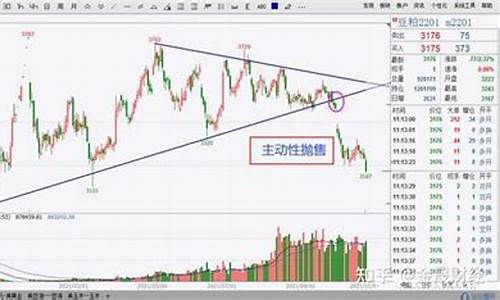期货行情暴跌英语缩写(期货 暴跌)
Overview of the Recent Commodity Market Plunge
The recent downturn in commodity market prices has sent shockwaves through global financial sectors. This significant drop, attributed to various economic factors and geopolitical tensions, has sparked concerns among investors and analysts alike. Understanding the implications of this decline is crucial for navigating current market conditions effectively.
Factors Contributing to the Decline

Several factors have converged to precipitate this sharp decline in commodity prices. Economic slowdowns in major consumer markets, coupled with trade disputes and regulatory changes, have dampened demand. Additionally, supply chain disruptions and unexpected weather patterns have further exacerbated the situation, leading to an oversupply in some sectors.
Impact on Global Economies
The repercussions of this market downturn extend beyond the commodity sector. Economies heavily reliant on exports of raw materials are experiencing revenue declines, affecting national budgets and trade balances. Furthermore, industries dependent on these commodities, such as manufacturing and energy production, are facing increased input costs, potentially leading to inflationary pressures.
Strategies for Mitigating Risks
To mitigate risks associated with volatile commodity markets, investors and businesses are advised to diversify portfolios and adopt hedging strategies. Monitoring global economic indicators and geopolitical developments is essential for making informed decisions. Additionally, maintaining flexibility and adapting to market changes swiftly can help navigate uncertain times effectively.
Conclusion
In conclusion, the recent downturn in commodity markets reflects complex interactions of supply, demand, and external factors. Understanding these dynamics is crucial for stakeholders aiming to navigate turbulent economic environments successfully. By staying informed and implementing prudent strategies, businesses and investors can mitigate risks and capitalize on opportunities in an evolving global market landscape.





